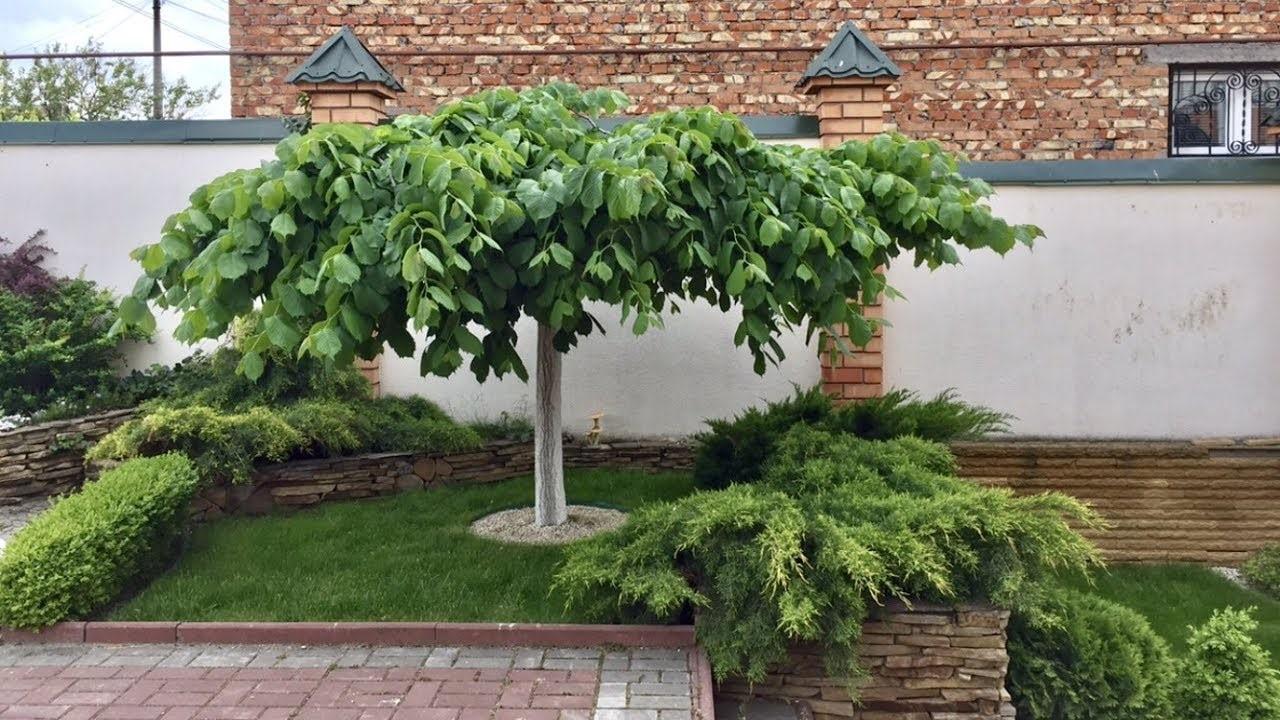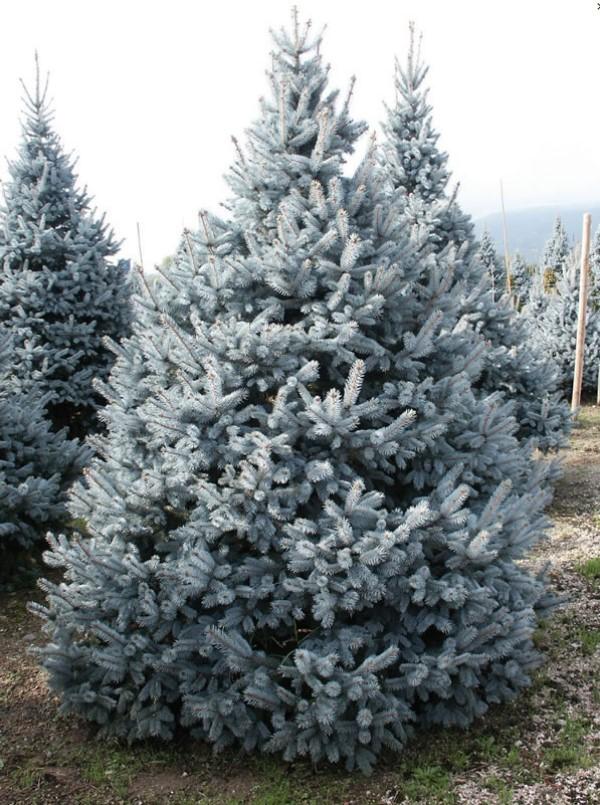Content
The elm tree (Ulmus laevis) is a member of the Elm family. People call it elm, elm, and birch bark. It has long been believed in Rus' that this tree gives the traveler good luck, courage and strength. And it got its name because of the peculiarity of the wood from which the sleds, rims, etc. were “knitted”. The culture is distinguished by increased endurance and longevity; its lifespan exceeds more than 300 years. In addition, the elm tree is not only highly decorative, but also has a good ability to purify the air. And its bark and leaves are characterized by healing properties, therefore they are widely used in alternative medicine.

Elm wood is rot resistant
What does an elm tree look like?
The culture belongs to the deciduous category. The height of this tree reaches 40 m, although some species have a shrub form and are much lower. The root system is well developed and goes into the deep layers of the soil up to 30 m. But it also happens that in some varieties it grows in breadth, covering a significant area.Sometimes, in some specimens, root discs form at the foot of the trunk, serving as support for them.
The crown of the elm is dome-shaped and consists of many large skeletal branches. The trunk of this tree is straight and thick. In adult specimens, its diameter reaches 1.5 m. Initially, it has a smooth surface, but subsequently the bark on the trunk becomes coarser and begins to peel off.
Young one-year-old shoots have a small edge, but as they mature they become smooth. The tint of the elm branches is brown. Vegetative buds are pointed. They begin to actively bloom in the second half of May.
The leaves of this tree are elongated oval with a serrated edge. Their length reaches 4-20 cm. The plates are located alternately on the branches and are attached using short petioles. There is a slight slope at the base of the leaves. The hue of the plates is green, but with the arrival of autumn it changes to brown-red.

This tree tolerates pruning well
Where does elm grow in Russia?
This crop is common in deciduous forests, in floodplains and on the shores of lakes. In Russia, it is found in the Far East, the Southern Urals, the southeastern part of the Russian Plain and the Central region. Elm also grows in the taiga, namely in the north to 63° N. w.
How fast does elm grow?
Elm is a fast-growing tree. The annual growth of elm in height is 50 cm and width is 30 cm. The tree reaches its maximum size 20-40 years from the moment of planting. The most intensive growth rate is observed before the age of three.
Elm blossom
The elm flowering period begins in early spring, namely in April or early May before the foliage blooms.Its duration is ten days. The flowers are purple, small, drooping, bisexual. They are collected in small brushes. The pedicels are short, no more than 1.5 cm long. There are 6-8 stamens in each bud. As you can see in the photo, the elm blooms abundantly every year, starting from the age of twelve.
After pollination, winged fruits appear on the tree. By May they are fully mature. After this, they easily tear off the branches and are carried by the wind over long distances.

Fruits are notched at the top
Varieties of elms
About forty types of culture are found in nature. Many of them are distinguished by high frost resistance down to -28 ° C and the ability to easily adapt to unfavorable climatic conditions. However, only some types of elm trees have become widespread.
Ordinary
This elm is also called smooth. The height of the tree reaches 25 m, and its crown has a spherical shape. Common elm (Ulmus laevis) grows mainly in the forests of Siberia, the middle zone and in Kazakhstan. It prefers moist and fertile soils, open areas. However, it is able to survive in partial shade and harsh winters.
The characteristic feature of the common elm is its thin, hanging branches covered with smooth, shiny bark. The leaves of this species are pubescent on the reverse side. They are green in color above and much lighter below, turning purple as autumn approaches.

Common elm has a high survival rate
Squat
This kagarach is a low-growing tree. Its height barely reaches 20 m, and the trunk diameter in adult specimens does not exceed 1 m.Often in arid regions, the squat elm (Ulmus pumila) has a shrubby form. It is more common in the Far East.
The bark of this tree species is light or grayish brown, but darkens significantly over time. Squat elm is distinguished by its low demands on soil fertility and moisture, as well as its high frost resistance. Prefers well-lit areas. Easily propagated by seeds.

Squat elm tolerates low soil salinity well
Bladed
This type of crop is also called cut crop. It grows in mixed forests and is found mainly in Sakhalin, the Far East, and East Asia. Prefers slopes and foothill areas. Individual specimens of lobed elm grow at an altitude of 700 m above sea level. The height of the tree reaches 25 m, its crown has a cylindrical shape.
Lobed elm (Ulmus laciniata) has a slow growth rate. At the age of thirty, its height is only 8 m. This species places increased demands on the composition of the soil and does not tolerate soil salinity. However, it is characterized by shade tolerance and resistance to cold gusts of wind.

Lobed elm is named because of the original shape of its large leaves.
Rough
This species is also called mountain. It grows in deciduous forests in Eastern and Western Europe, as well as in the European part of Russia. Rough elm (Ulmus glabra) is characterized by an upright growing trunk that is covered with dark, smooth bark. The crown of this species is rounded. The leaves are large with short petioles. A thick shadow is formed under the tree, since the plates are located close on the branches and do not allow light to pass through.
The leaves are rough, and the bottom is covered with a short gray edge.During the active growing season of the tree, they are green, and with the arrival of autumn they become bright yellow. Rough elm is demanding on the composition of the soil and its moisture, but tolerates polluted air well. The height of adult specimens reaches 35 m.

Rough elm grows in nature in small scattered groups
Planting and care
Planting this tree is not difficult. For it you need to choose a bright place, protected from cold gusts of wind. Elm prefers loose, nutritious soil rich in organic matter with a low level of acidity. For planting, you can use one- and two-year-old healthy seedlings with a closed root system. You can plant a tree in a permanent place throughout the warm period, provided favorable conditions exist.
Two weeks before planting, it is recommended to prepare a hole with a depth and width of 60 cm. A layer of coarse crushed stone 10 cm thick should be laid at the bottom. And the rest of the space should be filled with a nutritious soil mixture consisting of turf, sand, peat and humus in a 2:1 ratio: 1:1. It is also recommended to additionally add 40 g of superphosphate and 25 g of potassium sulphide into the hole, and then mix the fertilizer well with the soil.
Planting should be carried out according to the standard scheme. Upon completion, the root neck of the tree should be located at soil level. After the procedure, the elm needs to be watered well, and after a day, its root circle should be mulched with humus.
This tree does not require complex care. In the first season after planting, it is necessary to monitor soil moisture, preventing the root system from drying out.It is also recommended to periodically loosen the soil at the base of the tree and regularly weed out growing weeds. It is necessary to feed the elm only at the initial stage of growth, starting from the second year after planting. To do this, in the spring at the beginning of the growing season, you can use organic matter or urea. And in mid-summer the tree needs to be fertilized a second time. During this period, it is recommended to use superphosphate and potassium sulfide.
You need to start forming the elm crown only in the third year, and until this point only dry and damaged shoots can be removed.
Young elm seedlings need shelter for the winter, since the tree acquires frost resistance as it matures. Therefore, in late autumn, it is necessary to lay a layer of mulch 10 cm thick in the root circle. For this, you can use peat or humus.

It is also recommended to wrap the crown with agrofibre in several layers
How does elm reproduce?
To obtain new crop seedlings, it is recommended to use seeds. This method of elm propagation can be used immediately after the fruits of the tree have fully ripened. The collected seeds must be buried 1-2 cm in moist, loose soil and covered with film. If all conditions are met, sprouts begin to emerge within 3-5 days. When the seedlings become stronger and grow well, they need to be planted in open ground for growing. After the trees get stronger, they need to be moved to a permanent place.
Elm can also be propagated by cuttings. The tops of one-year shoots with a length of 15 cm are suitable for this.The lower cut needs to be powdered with a root stimulant, and then planted in a moist substrate, deepening it by 2-3 cm. After this, a mini-greenhouse needs to be built on top of the seedlings. It needs to be ventilated daily. It is recommended to water the cuttings regularly, preventing them from drying out. In this case, they will develop roots after a month. You can plant seedlings in a permanent place when they are strong enough.

Elm seeds quickly lose their viability
Diseases and pests
Many harmful insects can cause damage to elm, including leaf beetles, springtails, and scale insects. When infected, the growth rate of the elm stops, the leaves partially dry out and fall off. Therefore, if alarming signs appear, it is recommended to treat the crown and trunk with insecticides such as Fufanon, Actellik, Iskra.
Elm also suffers from fungal diseases. The most dangerous of them is Dutch elm disease, which can cause massive drying out of elms. Therefore, for the successful cultivation of this tree, it is recommended to carry out preventive treatment with fungicides in early spring and late autumn.
Application in landscape design
Elm has a lush, dense crown that can be given any shape, which is what many landscape designers use. Therefore, this tree is ideal for landscaping parks and squares. In addition, it effectively protects residential areas from dirt, dust and polluted air. The mighty tree looks impressive in single plantings.
It should also be used to strengthen slopes and ravines. Experts recommend planting elms on personal plots if there is a high probability of the top nutrient soil being washed away.However, when placing a seedling, it is necessary to take into account its maximum growth size.
Conclusion
The elm tree is one of the best options for landscaping. After all, many ornamental varieties have now been bred based on wild species, characterized by their compact size, which allows them to be grown even in small areas. Therefore, experts recommend paying attention to this crop, since it not only looks impressive if its crown is formed correctly, but is also able to survive even in a metropolis and at the same time fully develop.








